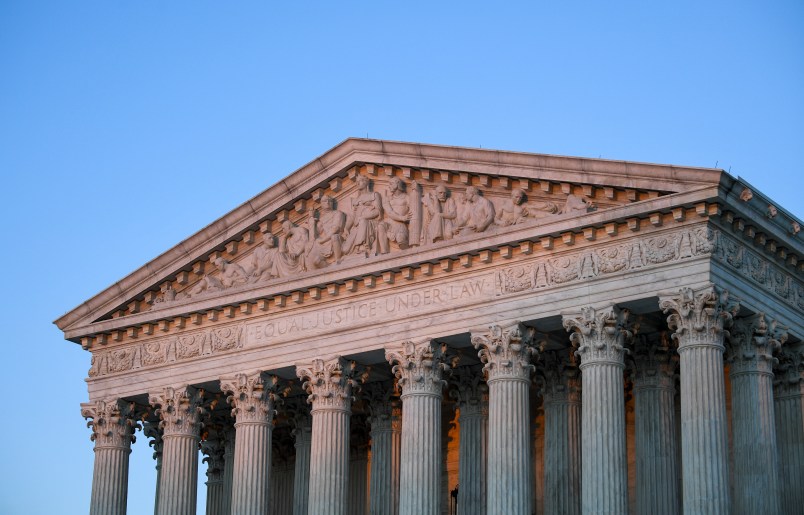The Supreme Court hears arguments Monday on the legality of President Trump’s census policy that seeks to exclude undocumented immigrants from the count used to determine how many House seats each states get.
Implementing the policy has been a major but under-the-radar priority of the Trump administration in its waning days. The administration has put enormous pressure on the Census Bureau to speed up the final stages of the decennial census — which was plagued with significant pandemic-related delays at its start — so that President Trump is still in office when congressional apportionment, as the process is called, is carried out.
At stake is at least a few and possibly several House seats that can be shifted away from immigrant-rich states like California, and towards whiter, more Republican areas of the country.
It is still not clear whether it will even be feasible for the Bureau to deliver the data on undocumented immigrants that the President seeks, or if it will even be able to produce the total population counts before the inauguration.
But those practical questions aside, for Trump’s plan to go forward, he will also need the Supreme Court to overturn lower court decisions blocking him from implementing the policy. Of the four lower courts that have considered lawsuits challenging the policy, three of them have struck it down as illegal, and one of those three also said it was unconstitutional. The fourth court, a panel based in D.C., gave the administration a narrow win by ruling 2-1 last week that the lawsuit was not yet ripe for their consideration.
The case formally before the justices Monday is one that arose out of New York, where a three judge panel unanimously declared in September that the policy was a violation of census statutes passed by Congress. It will be up to the justices to decide whether they also want to address those other cases as well in this proceeding. They’ll also be weighing whether they’ll use a procedural issue — like the one cited in the D.C. case — as an off-ramp to put off deciding the legality of the Trump policy.
You can listen to the oral arguments below:







Let’s see how bad of a Supreme Court Yertle bought…
This is a big deal. They’re trying to create a similar structural advantage in the House to what they have in the senate, where a bunch of tiny whitey states means the GOP starts out with +6 seats before the normal states are contested. When the 2020 election is done the Democrats’ House margin will be in the single digits.
Yertle the Turtle. I like it.
The court has already flexed its theocratic muscle by ruling religious gatherings are more important than public health. Will they now flex their fascist/ideological muscle by ruling that GOP viability concerns trump the constitution?
I can’t wait to hear the “originalists” tell us how the words on the page don’t mean what they mean.